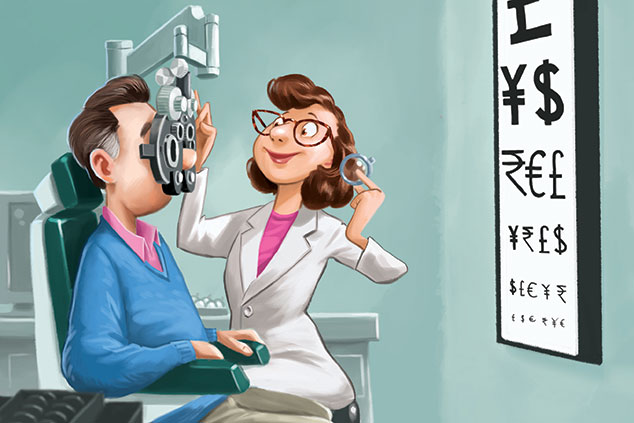
Vision care may not sound exciting, but it is an enormous market expanding quickly as ageing populations require more – and increasingly sophisticated – treatments, says Matthew Partridge.
The eyes may be the windows to our soul, but they are also a route to riches. Spectacles have been around since the late 13th century, and there are references to eye surgery in ancient texts. But we now spend more than ever before on seeing better. According to multinational opticians GrandVision, eyewear alone accounts for $130bn in spending, with further billions devoted to surgical devices, drugs and vision aids. With the overall market growing by 5% a year, any firm that can grab a slice of the action should flourish.
The vision care market will keep growing
There are three key factors powering the continued growth of the vision care industry. The first of these is demographics. People in the developed world are getting older, says Chris Elliott, a fund manager with Evenlode Investment, and with age the odds of “developing eyes issues increases”. It’s not simply a case of more people having eye problems either: the conditions people develop “tend to get more complex with age”. Indeed, “almost everyone will need some sort of vision assistance at some point in their lives”.
Meanwhile, the growth of the middle classes in emerging markets means that people outside Europe and North America now have large amounts of money to spend There has been a boom in vision care in developing countries, especially Asia and Latin America, because “people in those countries are getting better access to opticians, especially as the industry in those countries consolidates, with mom-and-pop operations being replaced by large chains”. People “are also becoming more aware of eye issues and are seeking out treatment for conditions, whereas previous generations would have previously accepted it as a normal part of life”.
We stare at screens too much
Changing lifestyles are also accelerating the speed at which people, in both rich and poor countries, develop eye problems, says Giovanni Abruzzini, Johnson and Johnson’s director for the northern Europe region. “Thanks to the increasing use of devices, such as mobile phones, and a decline in outdoor recreation (deemed important for strengthening the eyes), younger people are developing myopia – short-sightedness – at a much faster rate”. In particular, “there is a big myopia epidemic in Asia – eye problems are going to be a huge issue in the next few years”.
Subscribers can read it in the digital edition or app